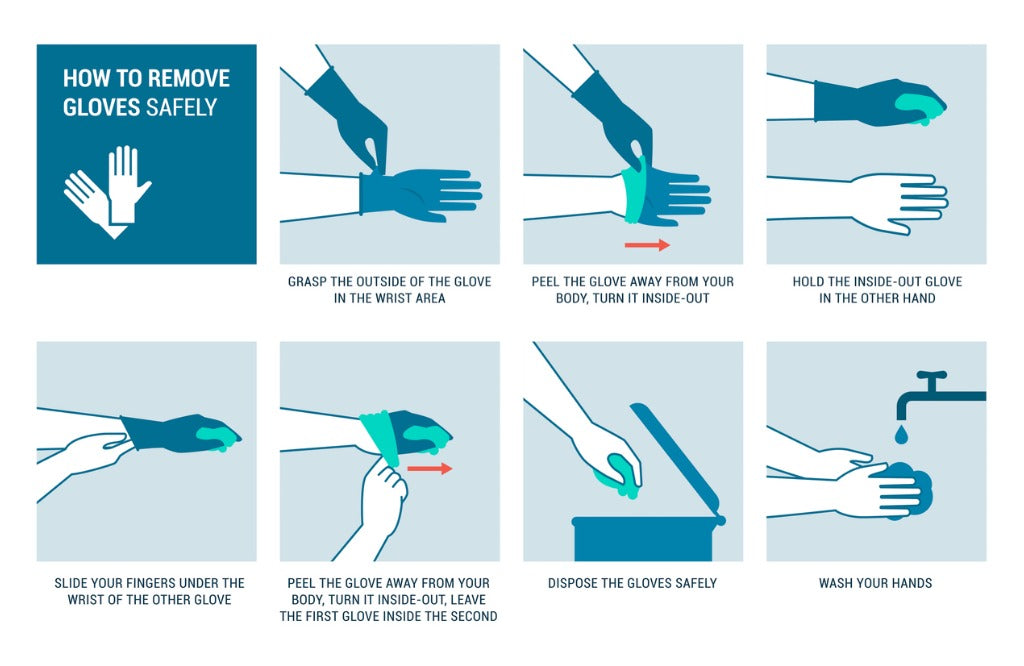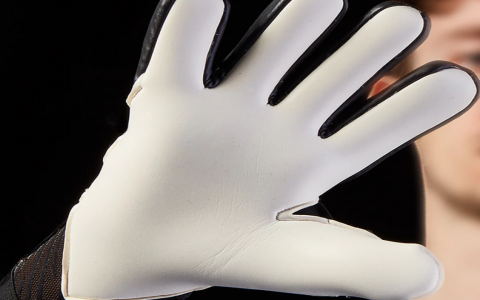Removing the glove box carefully avoids breaking plastic clips or hinges. Follow these precise steps:
Essential Preparations
- Disconnect the negative battery cable. Prevents electrical shorts if accessing wiring behind.
- Empty the glove box completely. Remove manuals, paperwork, and loose items.
- Ensure interior lighting is adequate. Use a headlamp if necessary.
- Consult your vehicle's service manual. Locate specific fastener positions and types.
Step-by-Step Removal Process
1. Access Fasteners:
- Fully open the glove box door.
- Locate the stop arm or damper attached to the side wall. Disconnect it carefully by gently prying or sliding its end off the ball stud/pin.
2. Release the Travel Limit Straps/Arms (if equipped):

- Identify fabric straps or plastic arms near the top inside corners.
- Unclip them from their anchors on the dashboard frame. Often requires squeezing a tab or lifting a plastic lever.
3. Clearance for Glove Box Removal:
- Push in both sidewalls of the glove box bin firmly but gradually.
- This action disengages the plastic retaining tabs/fingers from slots in the dashboard frame.
4. Lower the Glove Box:
- After compressing the sides, slowly lower the glove box downward about 45 degrees.
5. Disconnect Wiring Harnesses (if applicable):
- Lower the box until you can clearly see any connectors attached (e.g., light, airbag disable switch, cabin air filter access).
- Press the release tab(s) and pull connectors straight apart. Never pull wires. Note orientation if non-keyed.
6. Complete Removal:
- Gently guide the glove box out of the dashboard opening, ensuring no wiring snags.
Critical Safety & Damage Prevention Tips
- Feel for resistance: Always test movement gently. Forcing parts breaks plastic.
- Use plastic trim tools: Essential for prying clips without scratching or gouging surfaces.
- Identify fastener types: Tabs need compression; levers need lifting; screws need the correct driver bit.
- Label connectors: Use tape if multiple connectors look similar.
- Bag and label fasteners: Keep screws and small clips organized.
- Store the box safely: Place it on soft material away from work areas.
Important: Installation is generally the reverse sequence. Fully engage all clips and connectors before latching stops/straps.


